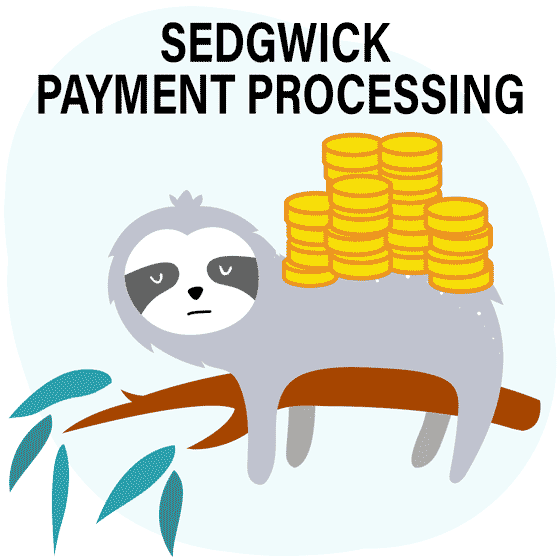Diabolical Discounts: Berkshire Hathaway's Reimbursement Roulette (Part 1)

A sad fact about California workers’ comp: once a doctor joins a Preferred Provider Organization (PPO), there’s no predicting how devastating the impact on practice revenue will be.
Today’s Diabolical Discounter is Berkshire Hathaway Homestate Companies (BHHC). BHHC reduced a doctor’s reimbursement to a pittance by “stacking” PPO agreements, paying just $64.16 for an Evaluation and Management visit for a Riverside Magnolia Corporation employee.
The doctor’s reimbursement was less than the $83.93 discount BHHC imposed, courtesy of Coventry and MultiPlan PPOs discounts.
But as we’ll explore in Part 2 of this edition, BHHC’s discounting isn’t just brutal; it’s seemingly random. For the same doctor billing the same procedure less than two weeks later, BHHC used a different PPO combo to pay a different reimbursement amount.
As this doctor’s fluctuating payments reveal, the formulas BHHC uses to calculate reimbursements are so opaque that—from the provider’s perspective at least—they’re effectively arbitrary, and as predictable as a roulette wheel.
What does the employer, Riverside Magnolia, think it’s paying for when it pays its workers’ comp premiums? Those premiums are profiting PPOs, vendors, and private equity firms that do nothing for their injured employees.
BHHC Pays Less than Half OMFS for E/M Visit
For CPT code 99213, California’s Official Medical Fee Schedule (OMFS) sets the reimbursement rate at $148.10 for this location (Los Angeles County) and date of service.
But as the Explanation of Review (EOR) above shows, BHHC paid the doctor just $64.16, equivalent to:
- 43% of the OMFS rate
- 65% of the Medicare rate
Once again, the total discount ($83.93) is more than the doctor’s reimbursement. Where does that money go?
Even more disturbing is the seeming randomness of BHHC’s reimbursement methodology. This bill was for a February 11, 2025 date of service, with the EOR citing Coventry and MultiPlan PPO agreements as the justification for slashing the payment.
But less than two weeks later, for the same procedure code and the same doctor, BHHC cited Coventry and Anthem PPO contracts—resulting in an entirely different reimbursement amount. In both cases, the PPO justifications are impossible to untangle, and may or may not reflect applicable contractual terms.
How can doctors manage practice revenue when they can’t predict reimbursement?
CA Employers: Unwittingly Funding Abuse
Employers write workers’ comp premium checks to cover medical care for their injured workers.
But as we continue to demonstrate, the money doesn’t go to doctors. It disappears into a web of middleperson vendors—claims administrators, PPO networks, bill review firms—many owned or backed by private equity.
Physicians absorb the financial losses again and again. Week after week, daisyBill documents how this system effectively forces doctors to pay to treat injured workers.
This is why so many providers are walking away from workers’ compensation and why injured workers have such a hard time finding care. It’s also why PPO reductions—the results of incomprehensible leasing, "stacking," and algorithmic wizardry—are a gift-wrapped revenue stream for private equity.
Tune in next week to see the payment Berkshire Hathaway's reimbursement roulette wheel landed on just 13 days later. In the grand casino of California workers' comp, the only safe bet is that doctors can't win.
daisyBill catches underpayments and lets you submit appeals in (literally) seconds. See how it works by clicking below.
CHECK OUT DAISYBILL
DaisyBill provides content as an insightful service to its readers and clients. It does not offer legal advice and cannot guarantee the accuracy or suitability of its content for a particular purpose.




.gif)
I think that Berkshire Hathaway is the worst insurance company to deal with in all areas!